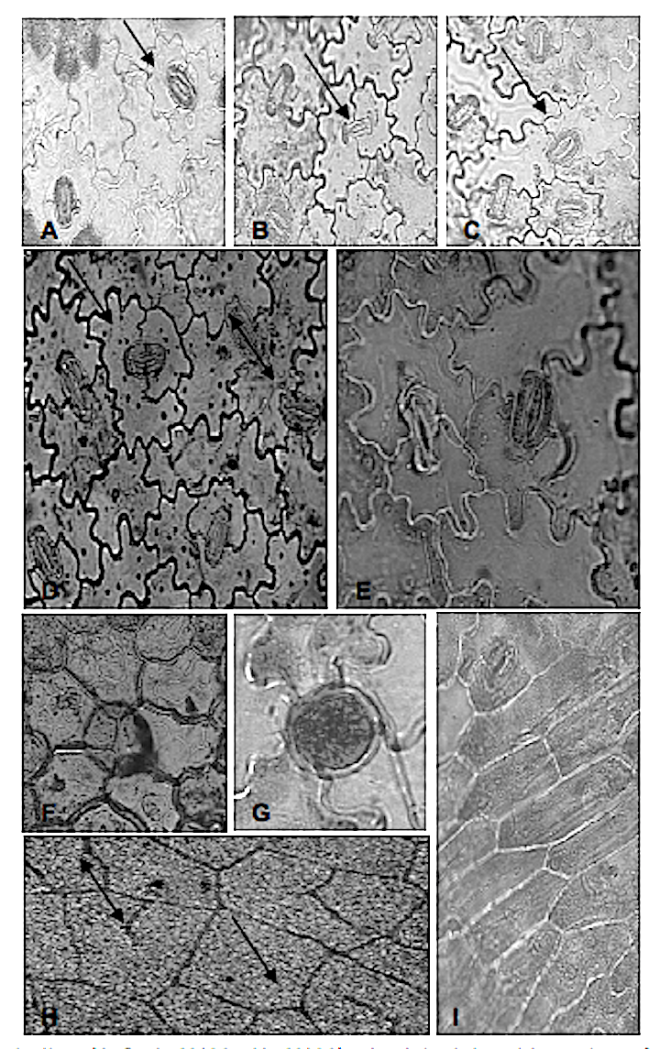Photo credit: Google
Stachytarpheta cayennensis with S. sp.jpg
Systematic Significance of trichomes and foliar epidermal morphology in the species of Stachytarpheta Vahl (Verbenaecae) from Nigeria.
by Adedeji O. (2012) – – Thaiszia Journal Botanica. 22(1): 1-31. –
OLUBUKOLA ADEDEJI, Department of Botany, Obafemi Awolowo University, Ile-Ife, Osun State, Nigeria
https://www.upjs.sk/public/media/7803/001-031-adedeji-upr.pdf

Abstract
The foliar epidermal surfaces, leaf venation and trichome studies of different plant parts of the three species of Stachytarpheta Vahl. family Verbenaceae found in Nigeria were studied and compared. Observations were carried out by light microscope.
Across the genus, leaves were amphistomatic and amphitrichomic. Qualitative foliar anatomical characters found to be most useful in species delimitation were stomata shape, trichome types, anticlinal cell wall pattern on adaxial surface and veinlet termination number.
Quantitative characters of taxonomic importance, as revealed by analysis of variance (ANOVA) and duncan multiple range test (DMRT) were length and width of epidermal cells, stomatal index and stomatal size.
Two trichome types, glandular and non-glandular were observed in the genus. The non-glandular trichomes were of higher numerical density on adaxial surface than on abaxial surface. The implication of this in terms of protection against excessive radiation, chemical control strategies and higher temperatures was mentioned. On the abaxial surface however, the glandular secreting trichomes were more numerically than the non-glandular. The importance of the preponderance of these trichomes on the abaxial surface in relation to the role they play in the protection of essential oils earlier reported in the family and genus, was discussed.
Stomatal abnormalities observed in the genus were, contiguous stomata arrangement in S. cayennensis and aborted guard cells in S. indica.
Leaf venation type in the genus is pinnate craspedodromous simple with recurved secondary veins. Trichome distribution survey in the different plant parts revealed specific combination types that would be useful in species delimitation, especially in fragmentary parts identification.
